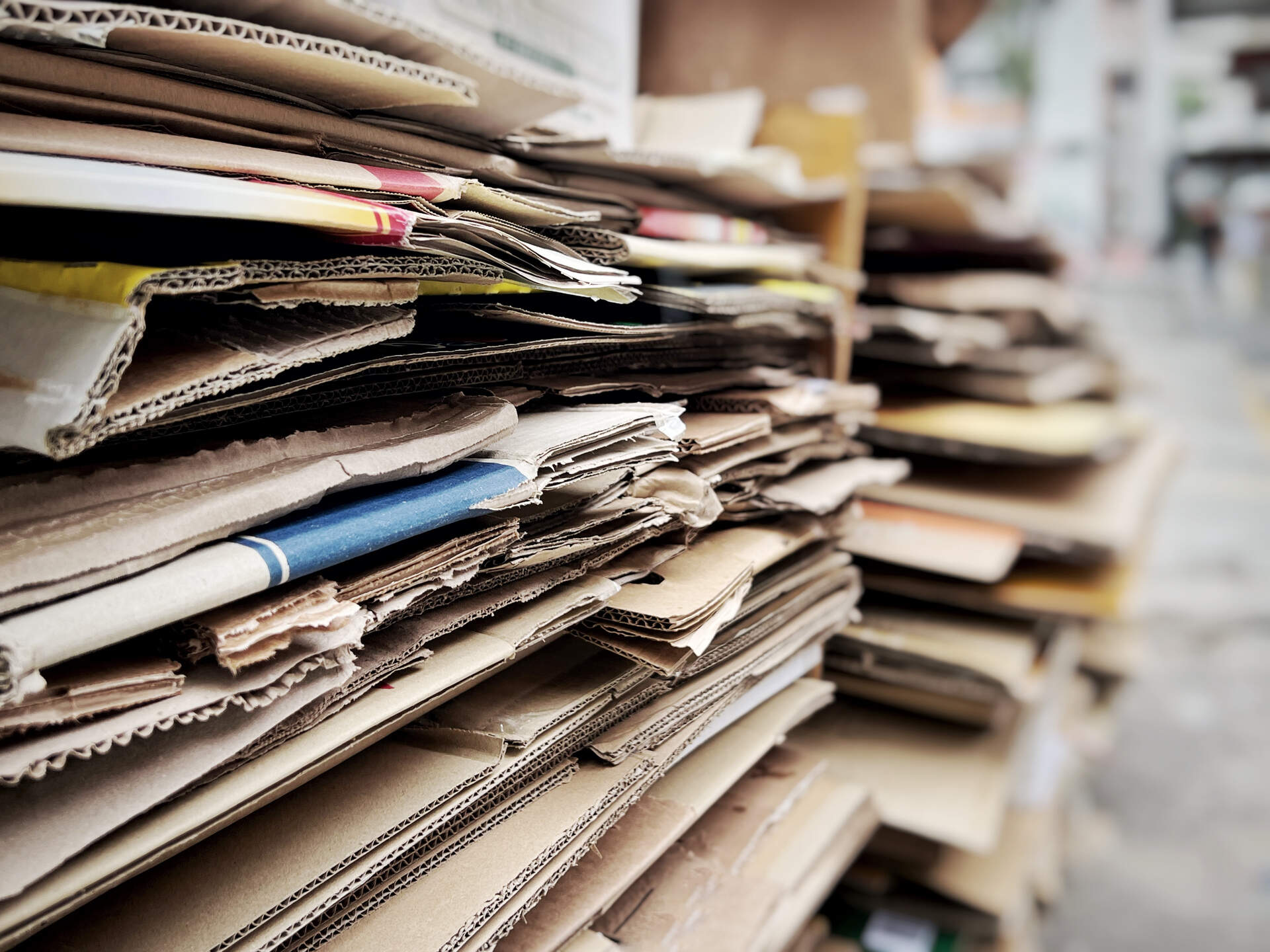

Articles
How To Store Cardboard For Recycling
Modified: January 6, 2024
Learn how to properly store cardboard for recycling and contribute to a greener environment. Read our informative articles on effective cardboard storage tips and techniques.
(Many of the links in this article redirect to a specific reviewed product. Your purchase of these products through affiliate links helps to generate commission for Storables.com, at no extra cost. Learn more)
Introduction
Cardboard recycling is an essential practice that helps protect the environment and conserve valuable resources. As one of the most commonly used packaging materials, cardboard is found in countless products and packages we encounter daily. While it is easy to overlook its significance, proper disposal and storage of cardboard can contribute to a more sustainable future.
In this article, we will explore the importance of cardboard recycling and provide a step-by-step guide on how to store cardboard for recycling. By following these simple guidelines, you can ensure that your cardboard is in the best condition for recycling, minimizing waste and maximizing the benefits to our planet.
By recycling cardboard, we can reduce the amount of solid waste sent to landfills, conserve energy, and reduce the need for virgin materials. Cardboard is primarily made from wood pulp, which comes from trees. By recycling cardboard, we can help preserve forests and prevent deforestation, which is crucial for maintaining a healthy ecosystem. Additionally, cardboard recycling helps conserve water and reduces greenhouse gas emissions, making it an important practice in mitigating climate change.
Now, let’s delve into the step-by-step process of storing cardboard for recycling to ensure that it is properly prepared and ready for collection.
Key Takeaways:
- Proper cardboard recycling conserves resources, reduces landfill waste, and combats deforestation. By following the steps outlined, individuals and businesses can actively contribute to a more sustainable future.
- Storing cardboard in a dry area, using sturdy containers, and labeling them ensures efficient recycling. Small changes in cardboard recycling practices can make a significant positive impact on the environment.
Read more: How To Store Cardboard Boxes For Recycling
Importance of Cardboard Recycling
Cardboard recycling plays a vital role in creating a more sustainable and eco-friendly society. Here are some key reasons why cardboard recycling is so important:
1. Conservation of Resources: Recycling cardboard allows us to conserve valuable resources. By reusing cardboard, we reduce the demand for new materials, such as trees, water, and energy. This conservation helps to preserve the environment and ensures that resources are utilized efficiently.
2. Reduction of Landfill Waste: Cardboard comprises a significant portion of the waste that ends up in landfills. By recycling cardboard, we can divert this waste from landfills and reduce the strain on these already overcrowded spaces. This, in turn, helps protect the environment, as landfills contribute to pollution and can release harmful gases into the atmosphere.
3. Energy Conservation: Producing new cardboard requires a considerable amount of energy. By recycling and reusing cardboard, we can reduce the need for manufacturing new cardboard products. This leads to significant energy savings and helps to lower greenhouse gas emissions associated with the production process.
4. Reduction of Deforestation: Cardboard is primarily made from trees, and by recycling cardboard, we can help protect forests and prevent deforestation. Trees play a crucial role in absorbing carbon dioxide and releasing oxygen, helping to combat climate change. By recycling cardboard, we can conserve forests and maintain a healthy balance in our ecosystems.
5. Waste Reduction: The recycling process for cardboard involves breaking it down into fibers, which can then be used to create new cardboard products. This process reduces the amount of waste generated from discarded cardboard, thereby minimizing the need for additional disposal methods and reducing overall waste volume.
6. Job Creation: Recycling cardboard creates employment opportunities in industries involved in the collection, sorting, and processing of recycled materials. These jobs contribute to local economies and provide valuable support to communities.
Overall, cardboard recycling has multiple benefits, ranging from environmental conservation to energy savings and waste reduction. By actively participating in the recycling process, individuals and businesses can make a significant positive impact on the planet.
Preparation for Storing Cardboard
Before you start storing cardboard for recycling, it is important to make some preparations to ensure that the process is efficient and effective. Here are some key steps to consider:
1. Flatten the Cardboard: Before storing cardboard, it is essential to flatten it. This not only saves space but also makes it easier to stack and store. Flatten the cardboard boxes by breaking down any folds and creases and lay them flat on the ground.
2. Remove Any Tape or Staples: Ensure that you remove any tape, staples, or other fasteners from the cardboard before storing it. These materials can cause problems during recycling and may contaminate the recycling process.
3. Sort and Separate Cardboard by Type: Different types of cardboard may have different recycling requirements. It is important to sort and separate your cardboard by type. Common types of cardboard include corrugated cardboard (used in packaging boxes), paperboard (used in cereal boxes and shoeboxes), and greyboard (used in rigid packaging). Keep these types separate to make the recycling process more efficient.
4. Clean and Dry the Cardboard: Make sure that your cardboard is clean and dry before storing it for recycling. Wet or soiled cardboard can contaminate other recyclables and affect the quality of the recycled material. If your cardboard has come into contact with food or liquids, it is best to discard it in the regular waste stream.
5. Use Sturdy Containers for Storage: Once you have prepared your cardboard for recycling, it is crucial to store it properly. Use sturdy containers, such as bins or boxes, to keep the cardboard contained. This will prevent it from getting damaged and maintain its quality until it is ready for collection.
6. Label the Containers: To ensure easy identification and handling, label the containers with clear signage indicating that they contain recyclable cardboard. This will help you and others easily distinguish between recycling and regular waste.
7. Store Cardboard in a Dry Area: Finally, find a designated dry area for storing your cardboard. Moisture can lead to deterioration and mold growth, making the cardboard unsuitable for recycling. Consider storing it in a garage, basement, or covered outdoor space to protect it from rain or humidity.
By following these preparation steps, you can ensure that your cardboard is well-prepared for the recycling process. This will not only make it easier for collection but also contribute to the overall efficiency and success of the recycling system.
Step 1: Flatten the Cardboard
Flattening cardboard is an essential first step in properly preparing it for recycling. By flattening the cardboard, you not only save space but also make it easier to stack, store, and transport for recycling. Here’s how you can flatten cardboard effectively:
1. Remove any contents: Before flattening the cardboard, ensure that you remove any contents or items that may be inside the box. This includes packaging materials, such as bubble wrap or foam peanuts, as well as any leftover products or debris. It is important to have the cardboard empty and ready for the flattening process.
2. Break down folds and creases: Take a close look at the cardboard box and identify any folds, creases, or flaps. These folds and creases are typically found on the bottom or sides of the box. Gently break down these folds and creases by pressing on them or folding them in the opposite direction. The goal is to make the cardboard as flat as possible.
3. Flatten larger boxes: If you have larger cardboard boxes, such as shipping or moving boxes, you may need to disassemble them further. Look for any tape or adhesive holding the box together and carefully remove it. Once the tape is removed, you can begin to pull apart the sides of the box. Flatten each side individually until the entire box is completely flat.
4. Remove staples or fasteners: While you are flattening the cardboard, be sure to check for any staples or fasteners. These are commonly found in packaging boxes or boxes used for office supplies. Use a staple remover or pliers to carefully remove any staples or fasteners from the cardboard. Staples can cause issues during recycling and may need to be separated before recycling.
5. Trim excess cardboard: If the cardboard box has any excess or overhanging flaps, consider trimming them with a pair of scissors or a box cutter. Removing the excess cardboard will not only help with storage and transportation but also ensure a cleaner appearance.
6. Stack and store the flattened cardboard: Once the cardboard is flattened and ready for recycling, stack it neatly in a designated storage area. Depending on the quantity of cardboard you have, you may consider using bins, boxes, or tie them together with twine or bungee cords. Keep in mind that it is essential to store the cardboard in a dry area to prevent moisture damage.
By following these steps, you can efficiently flatten your cardboard boxes, making them easier to store and transport for recycling. Flattening the cardboard is a simple yet crucial step in preparing it for the recycling process, and it significantly contributes to the success and efficiency of recycling efforts.
Step 2: Remove Any Tape or Staples
Removing any tape or staples from cardboard boxes is an important step in preparing them for recycling. Tape and staples can interfere with the recycling process, potentially contaminating other recyclables and affecting the quality of the recycled material. Follow these steps to effectively remove tape and staples from your cardboard:
1. Gather the necessary tools: Before you begin, gather the tools you will need to remove the tape and staples. These may include a pair of scissors, a box cutter, a staple remover, and pliers.
2. Locate the tape: Examine the cardboard box closely to identify any areas where tape is attached. Tape is commonly used to seal the boxes or secure contents, so it may be present on the flaps, sides, or bottom of the box.
3. Cut the tape: Take your scissors or box cutter and carefully cut through the tape along the edges of the box. Be cautious not to cut into the cardboard itself. By cutting the tape, you’ll make it easier to remove and ensure that it doesn’t interfere with the recycling process.
4. Pull off the tape: Once you’ve cut the tape, gently peel it off the cardboard. Start at one end and slowly pull it back, ensuring that it doesn’t tear or leave any residue on the cardboard. If the tape is stubborn, you can use your fingers or a blunt edge to help lift it off.
5. Remove staples: Check the cardboard for any staples that may be present. Staples are commonly used in packaging boxes or office supplies. Use pliers or a staple remover to carefully remove any staples from the cardboard. Take your time to ensure that all staples are extracted, as they can cause issues during the recycling process.
6. Dispose of tape and staples properly: Once you have removed the tape and staples, dispose of them in the appropriate waste stream. Tape should be discarded in the regular waste bin, as it is not recyclable, while staples can be placed in a designated metal recycling container if available in your area.
7. Check for any remaining adhesive: After removing the tape and staples, inspect the cardboard for any residue or adhesive that may be left behind. If you spot any, use an adhesive remover or rubbing alcohol on a cloth to gently wipe away the residue. Be mindful not to damage or soak the cardboard with excessive liquid.
By taking the time to remove any tape or staples from your cardboard boxes, you ensure that they are free from contaminants and ready for the recycling process. This simple but crucial step contributes to the overall success of recycling and helps maintain the quality of recycled materials.
Read more: Where To Recycle Cardboard Boxes
Step 3: Sort and Separate Cardboard by Type
Sorting and separating your cardboard by type is an important step in preparing it for recycling. Different types of cardboard may have specific recycling requirements and processes. By sorting and separating your cardboard, you can ensure that it is recycled in the most efficient and effective way possible. Here’s how you can sort and separate your cardboard:
1. Identify the different types of cardboard: Before you start sorting, familiarize yourself with the different types of cardboard. The most common types include corrugated cardboard (used in packaging boxes), paperboard (used in cereal boxes and shoeboxes), and greyboard (used in rigid packaging).
2. Examine the cardboard: Take a close look at the cardboard boxes you have collected. Identify any markings, logos, or labels that may indicate the type of cardboard. Sometimes, there may be printing on the box indicating whether it is corrugated or made from recycled materials.
3. Separate by type: Place different types of cardboard in separate piles or containers. If you have a large quantity of cardboard, consider using bins or boxes to keep each type segregated. This step ensures that the different types of cardboard can be recycled accordingly, as each type may have slightly different recycling processes.
4. Keep contaminated cardboard separate: If any of the cardboard is contaminated with food, liquids, or other substances, separate it from the clean cardboard. Contaminated cardboard cannot be recycled and should be disposed of in the regular waste stream.
5. Learn local recycling guidelines: It is essential to familiarize yourself with your local recycling guidelines. Different municipalities may have specific requirements for cardboard recycling, including whether the different types need to be separated for recycling collection. Check with your local recycling center or waste management authority to ensure you are following the correct guidelines.
6. Label containers: To easily identify the different types of cardboard, label the containers or piles accordingly. You can use labels, sticky notes, or markers to indicate the type of cardboard in each container. This will help you and others in the recycling process to avoid any confusion or mixing of different types.
7. Store the sorted cardboard: After sorting and labeling, store the sorted cardboard in a designated area. Keep the different types separated and ensure that each pile or container is clearly marked. Store the cardboard in a dry and clean space, away from any potential water damage or contamination.
By sorting and separating your cardboard by type, you facilitate the recycling process and improve its efficiency. This step ensures that each type of cardboard can be recycled in the most appropriate manner, maximizing the recycling potential and minimizing waste.
Break down cardboard boxes and store them in a dry, covered area to prevent them from getting wet or damaged. This will make it easier to transport and recycle them later.
Step 4: Clean and Dry the Cardboard
Cleaning and drying your cardboard before recycling is an important step to ensure that it is in the best condition for the recycling process. Clean and dry cardboard not only improves the quality of the recycled material but also prevents contamination and potential issues during recycling. Follow these steps to effectively clean and dry your cardboard:
1. Inspect the cardboard: Before cleaning, inspect the cardboard for any visible dirt, stains, or debris. Remove any loose dirt or dust by gently brushing or shaking the cardboard.
2. Remove stickers or labels: Check the cardboard for any stickers or labels that may be attached. Peel off these stickers or labels and discard them in the regular waste stream. Stickers and labels can interfere with the recycling process and should be removed before recycling.
3. Spot clean if necessary: If there are specific areas of the cardboard that are soiled or stained, you can spot clean them with a damp cloth or sponge. Use a mild detergent or soap solution to gently scrub the stained area. Avoid using excessive water, as wet cardboard can become damaged and unsuitable for recycling.
4. Air dry completely: After spot cleaning or if the cardboard is slightly damp, allow it to air dry completely before storing or recycling. Lay the cardboard flat in a well-ventilated area, ideally under sunlight, to speed up the drying process. Make sure that both sides of the cardboard are fully dry before proceeding.
5. Discard wet or heavily soiled cardboard: If the cardboard is heavily soiled, contaminated, or wet, it may not be suitable for recycling. In such cases, it is best to discard the cardboard in the regular waste stream. Wet cardboard can damage other recyclables and contaminate the recycling process.
6. Store in a dry area: Once the cardboard is clean and dry, store it in a designated dry area. Make sure the storage area is protected from moisture, humidity, or any potential water damage. Cardboard that remains dry will maintain its integrity and be in optimal condition for recycling.
7. Avoid compressing wet cardboard: If you encounter wet cardboard, avoid compressing or packing it tightly. Wet cardboard is more prone to mold growth, and compressing it can further facilitate the growth of mold and compromise its recyclability. Instead, allow wet cardboard to air dry completely before proceeding with recycling.
By following these steps to clean and dry your cardboard, you ensure that it is well-prepared for the recycling process. Clean and dry cardboard enhances the quality of the recycled material and minimizes the risk of contamination, contributing to a more efficient and effective recycling system.
Step 5: Use Sturdy Containers for Storage
Choosing the right containers for storing your cardboard before recycling is crucial to maintain its condition and facilitate easy handling. Sturdy containers provide protection against damage, prevent cardboard from scattering, and make it more convenient to transport. Follow these guidelines when selecting containers for storing your cardboard:
1. Consider bin or box options: Look for sturdy bins or boxes that are suitable for holding cardboard. Opt for containers made from durable materials such as plastic or solid metal. These materials are less likely to break or bend under the weight of the cardboard.
2. Assess the size: Choose containers that are appropriate in size for the amount of cardboard you have. Consider the volume and dimensions of the cardboard boxes you intend to store. Ensure that the containers are large enough to accommodate the flattened cardboard without folding or crumpling it.
3. Check for handles or wheels: Containers with handles or wheels can make it easier to move and transport the cardboard. Handles allow for easy lifting, while wheels provide convenient mobility, especially if you have a larger quantity of cardboard to transport or if the recycling collection point is at a distance.
4. Verify load-bearing capacity: Ensure that the chosen containers have a sufficient load-bearing capacity to support the weight of the cardboard. Consider the weight of the cardboard when it is packed in the containers. Opt for containers that can handle the weight without becoming damaged or compromised.
5. Stackability: Look for containers that are stackable. This feature allows you to maximize vertical space and create a more organized storage area. Stacking containers not only saves space but also prevents the cardboard from shifting or falling, ensuring a safer and more efficient storage system.
6. Stability and durability: Choose containers that are stable and durable. Ensure that they can withstand the weight of the cardboard without collapsing or warping. Sturdy containers protect the cardboard from damage and help maintain its quality during storage and transportation.
7. Weather resistance: Consider the weather conditions in your storage area. If the area is prone to moisture, humidity, or extreme temperatures, opt for containers that are weather-resistant. This will help protect the cardboard from water damage or warping, ensuring that it remains in good condition for recycling.
By using sturdy containers for storing your cardboard, you can maintain its integrity and protect it from damage. The right containers ensure that the cardboard is safely stored, making it easier to handle and transport when it’s time for recycling. Proper storage also promotes an organized and efficient recycling process.
Step 6: Label the Containers
Labeling the containers used for storing your cardboard is an important step to ensure efficient organization and easy identification. Clear labeling helps you and others distinguish between recyclable cardboard and other waste, facilitating the recycling process. Here’s how you can effectively label your cardboard storage containers:
1. Use readable and clear labels: Choose labels that are clearly legible and easy to read. Opt for large labels with bold lettering to ensure they can be seen from a distance. Use waterproof or weather-resistant labels if the storage area is prone to moisture or humidity.
2. Specify that it is for cardboard recycling: Clearly indicate on the labels that the containers are intended for cardboard recycling. This helps prevent confusion and ensures that the containers are used exclusively for cardboard storage. Labeling also alerts others to your recycling efforts and encourages proper waste management.
3. Include recycling symbols or icons: Adding recycling symbols or icons to the labels can reinforce their purpose and make them more visually identifiable. The universally recognized recycling symbol, consisting of three chasing arrows, can be included to reinforce the message that the containers are for recycling cardboard.
4. Consider color-coded labels: To further enhance organization and quick identification, you can use color-coded labels. Assign a different color to each type of cardboard (e.g., green for corrugated boxes, blue for paperboard), or choose colors that align with your local recycling guidelines. This helps sort and categorize cardboard more efficiently.
5. Include any specific sorting instructions: If there are specific sorting instructions or guidelines for cardboard recycling in your area, include them on the labels. For example, if certain types of cardboard need to be separated, such as corrugated boxes from paperboard, indicate that on the labels. This ensures proper sorting and compliance with local recycling regulations.
6. Attach labels securely: Make sure the labels are securely attached to the containers to prevent them from falling off or becoming damaged. Adhesive labels are commonly used, but you can also use zip ties, string, or tape to affix the labels securely to the containers. Regularly check the labels to ensure they remain intact and readable.
7. Place labels in a visible location: Position the labels on the containers in a visible location where they can be easily seen and read. Ideally, place them on the front or top of the containers, where they are easily noticeable. This ensures that anyone handling or accessing the containers can quickly identify them for cardboard recycling.
By labeling your cardboard storage containers, you create a clear and organized system for recycling cardboard. Proper labeling promotes efficient sorting, ensures compliance with recycling guidelines, and makes it easier for everyone involved in the recycling process to identify and handle the cardboard correctly.
Read more: How To Store Cardboard Boxes
Step 7: Store Cardboard in a Dry Area
Storing cardboard in a dry area is crucial to maintain its quality and prevent moisture damage. Wet or damp cardboard can become compromised and unsuitable for recycling. By storing cardboard in a dry environment, you ensure that it remains in optimal condition until it is ready for collection or recycling. Follow these guidelines to store your cardboard in a dry area:
1. Find a suitable storage location: Look for a designated storage area that is dry and protected from moisture. Avoid areas that are prone to leaks or excessive humidity. A garage, basement, or covered outdoor space can be suitable options for storing cardboard.
2. Keep cardboard off the ground: Elevate the cardboard off the ground to prevent it from absorbing moisture or coming into contact with damp surfaces. Use pallets, shelving units, or racks to keep the cardboard elevated. This allows for proper airflow and helps prevent water damage.
3. Use plastic covers or tarps: If your storage area is not fully protected from potential water intrusion, consider using plastic covers or tarps to shield the cardboard from moisture. Cover the stacked cardboard with a waterproof material to provide an extra layer of protection against rain or accidental spills.
4. Avoid storing near water sources: Keep cardboard away from water sources, such as sinks, drains, or pipes. Water leaks or spills can easily damage the cardboard and render it unusable for recycling. Ensure that the storage area is well away from any potential water hazards.
5. Maintain proper ventilation: Adequate ventilation is important in preventing moisture buildup in the storage area. Good airflow helps to keep the environment dry and discourages the growth of mold or mildew. If necessary, use fans or open windows to improve ventilation in the space.
6. Prevent exposure to extreme temperatures: Avoid storing cardboard in areas with extreme temperatures, such as direct sunlight or areas that are excessively hot or cold. Extreme heat and cold can affect the integrity of the cardboard and potentially reduce its recycling value. Aim for a storage area with moderate temperatures.
7. Regularly inspect and maintain the storage area: Periodically check the storage area for signs of moisture or any possible water damage. Conduct routine inspections to ensure that the storage environment remains dry and suitable for storing cardboard. Address any issues promptly to maintain the quality of the stored cardboard.
By storing your cardboard in a dry area, you ensure that it retains its quality for recycling. Dry cardboard is less prone to damage, mold, and contamination, contributing to a successful and efficient recycling process. Follow these guidelines to create an optimal storage environment and help make a positive impact on the environment through cardboard recycling.
Conclusion
Properly storing and preparing cardboard for recycling is a vital step in promoting sustainability and protecting our environment. By following the steps outlined in this guide, you can contribute to the efficient and successful recycling of cardboard, conserving valuable resources and reducing waste. Let’s recap the key points discussed:
Firstly, we emphasized the importance of cardboard recycling. Recycling cardboard helps conserve resources, reduce landfill waste, conserve energy, and combat deforestation. By participating in cardboard recycling, you contribute to a more sustainable future.
We then discussed the preparation process, starting with flattening the cardboard to save space and make storage and transportation easier. Removing any tape or staples is essential to avoid contamination during the recycling process. Sorting and separating the cardboard by type ensures that each type is recycled correctly, maximizing efficiency.
Next, we highlighted the importance of cleaning and drying the cardboard before storage. Clean and dry cardboard maintains its integrity, prevents contamination, and improves the quality of the recycled material. It is important to ensure that the cardboard remains in a good condition until it is ready for recycling.
Choosing sturdy containers for storage helps protect the cardboard and makes it more manageable to handle. Labeling the containers ensures proper identification and prevents confusion, while storing the cardboard in a dry area safeguards it from moisture damage and other environmental factors.
By following these steps, you can play an active role in the recycling process and contribute to a healthier planet. Recycling cardboard helps conserve resources, reduces waste, and mitigates the environmental impact of cardboard production.
Remember, small changes can make a big difference. Whether you are an individual or a business owner, practicing proper cardboard recycling and storage can have a significant positive impact. By taking the time to follow these guidelines, you are doing your part in preserving the planet for future generations.
So let us make a commitment to recycle cardboard responsibly and encourage others to do the same. Together, we can make a significant difference in creating a more sustainable and environmentally-friendly world.
Frequently Asked Questions about How To Store Cardboard For Recycling
Was this page helpful?
At Storables.com, we guarantee accurate and reliable information. Our content, validated by Expert Board Contributors, is crafted following stringent Editorial Policies. We're committed to providing you with well-researched, expert-backed insights for all your informational needs.
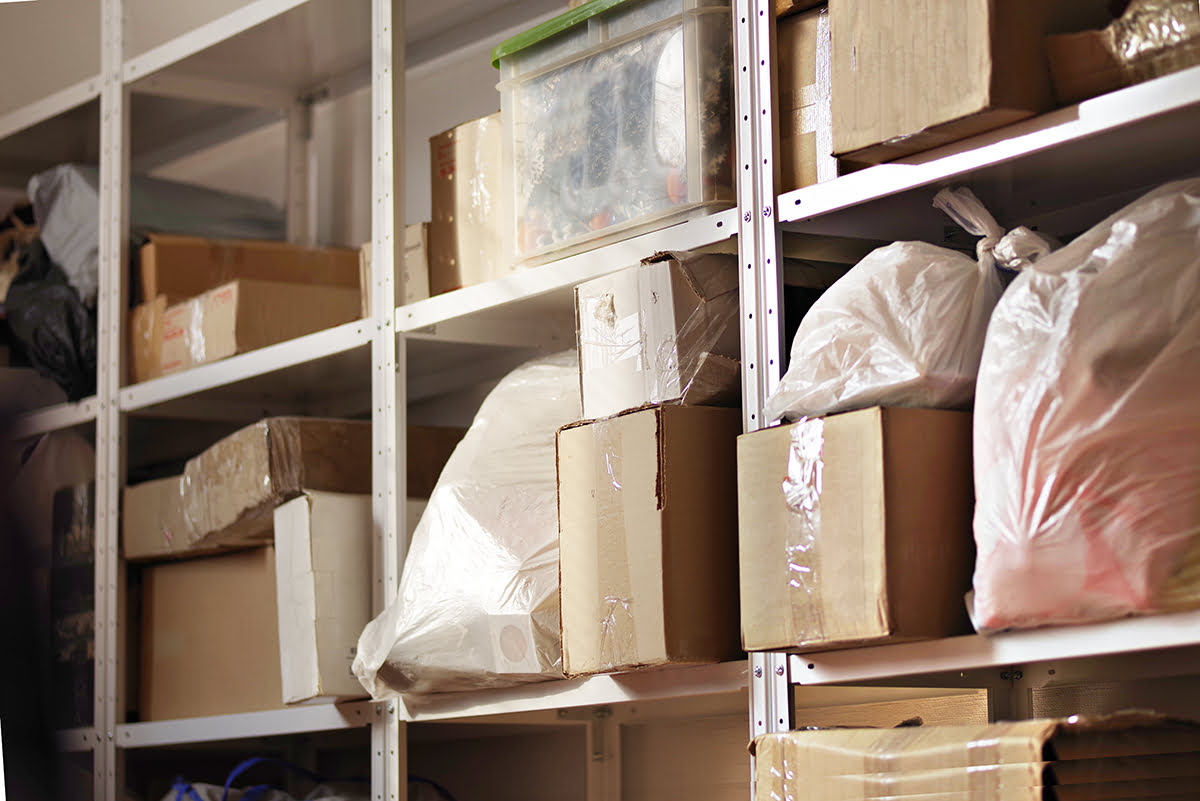
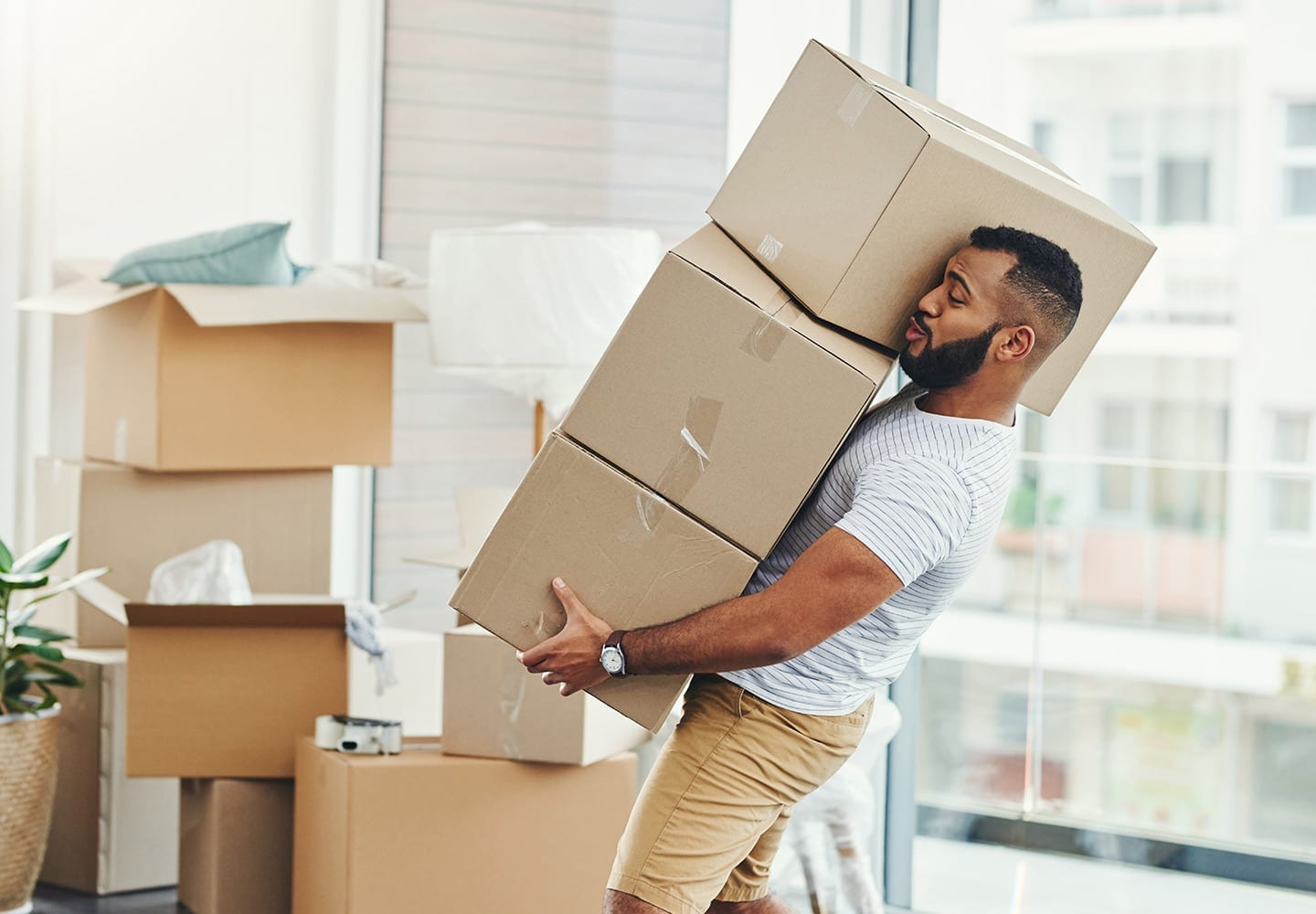
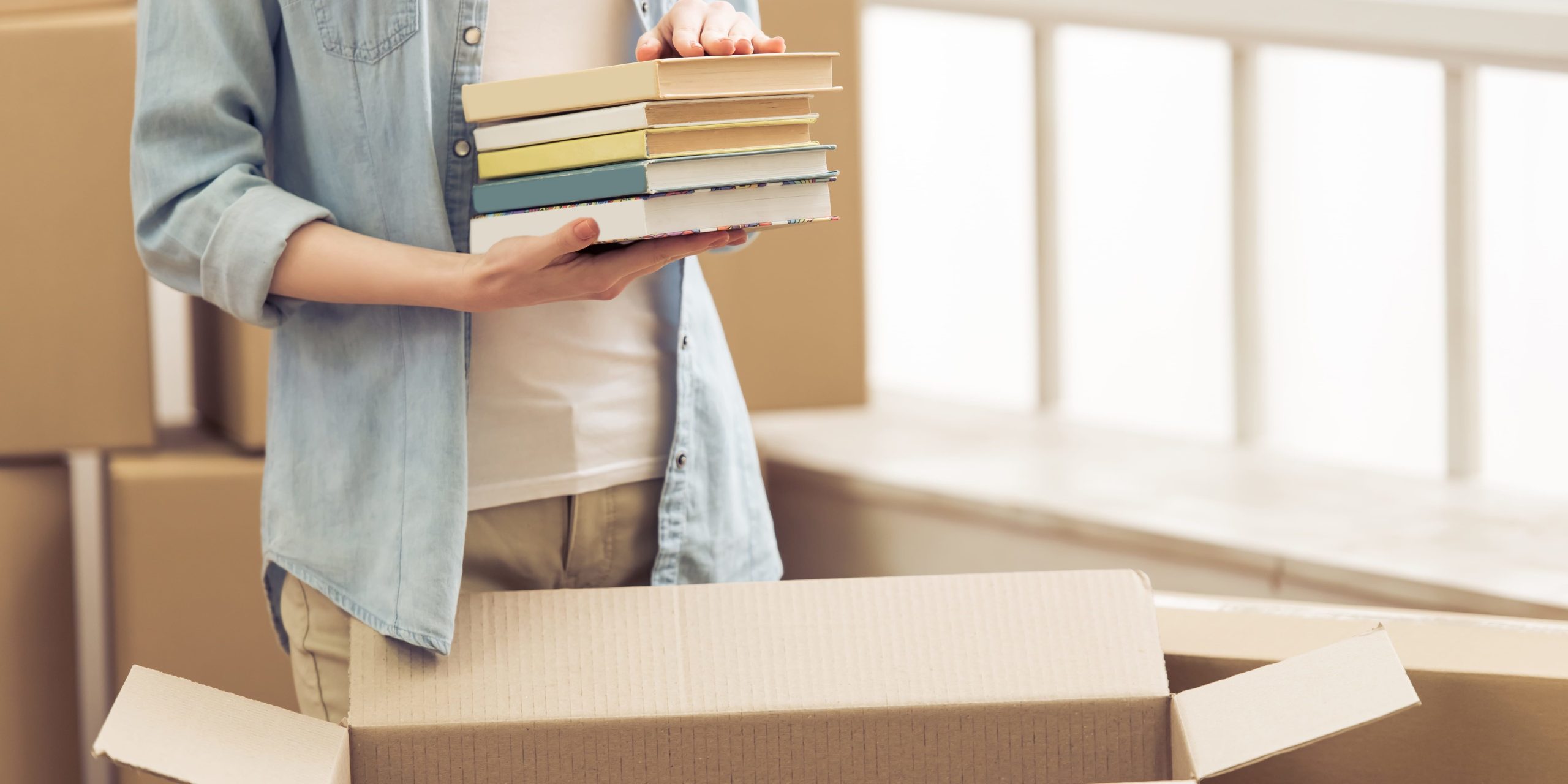
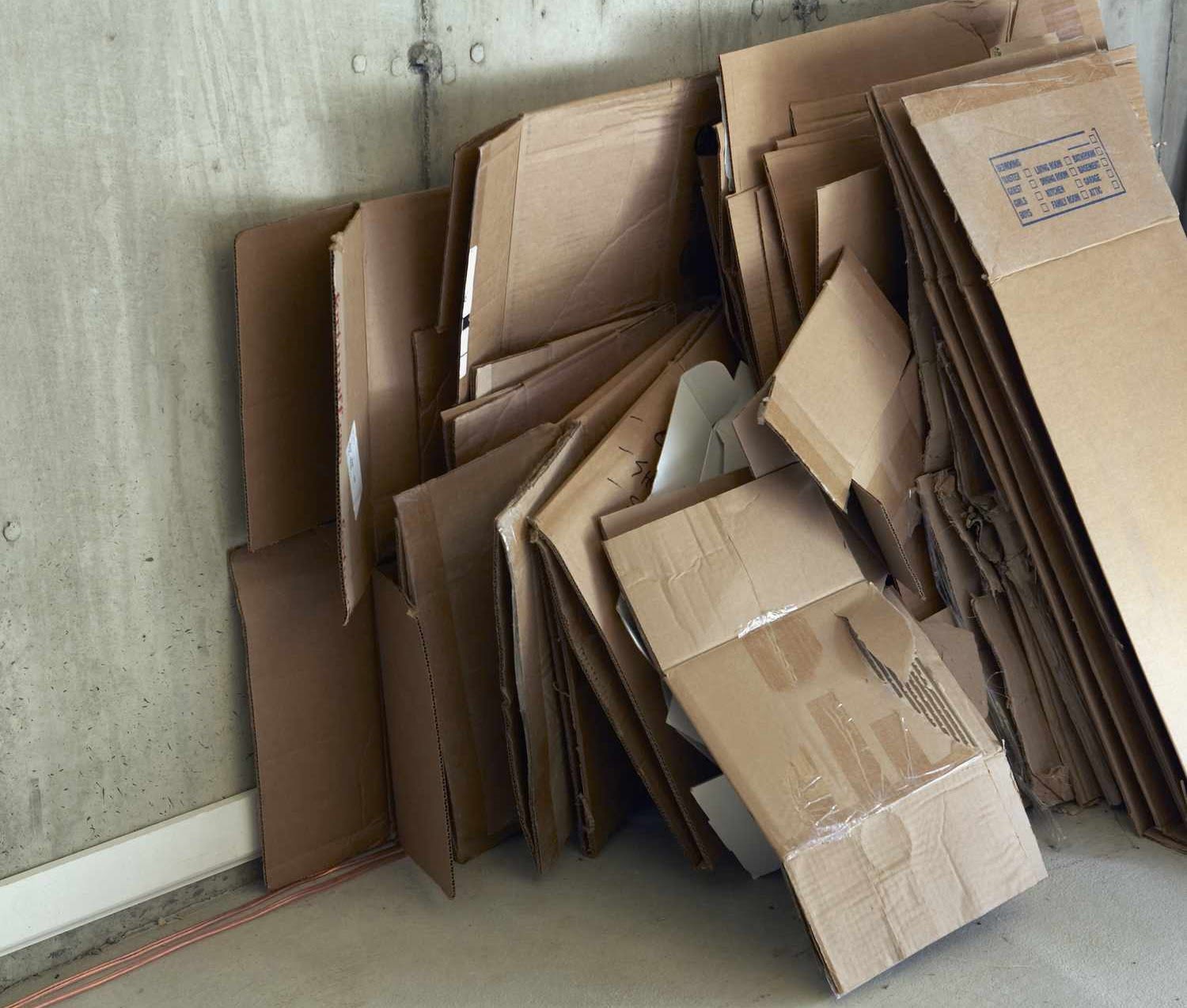

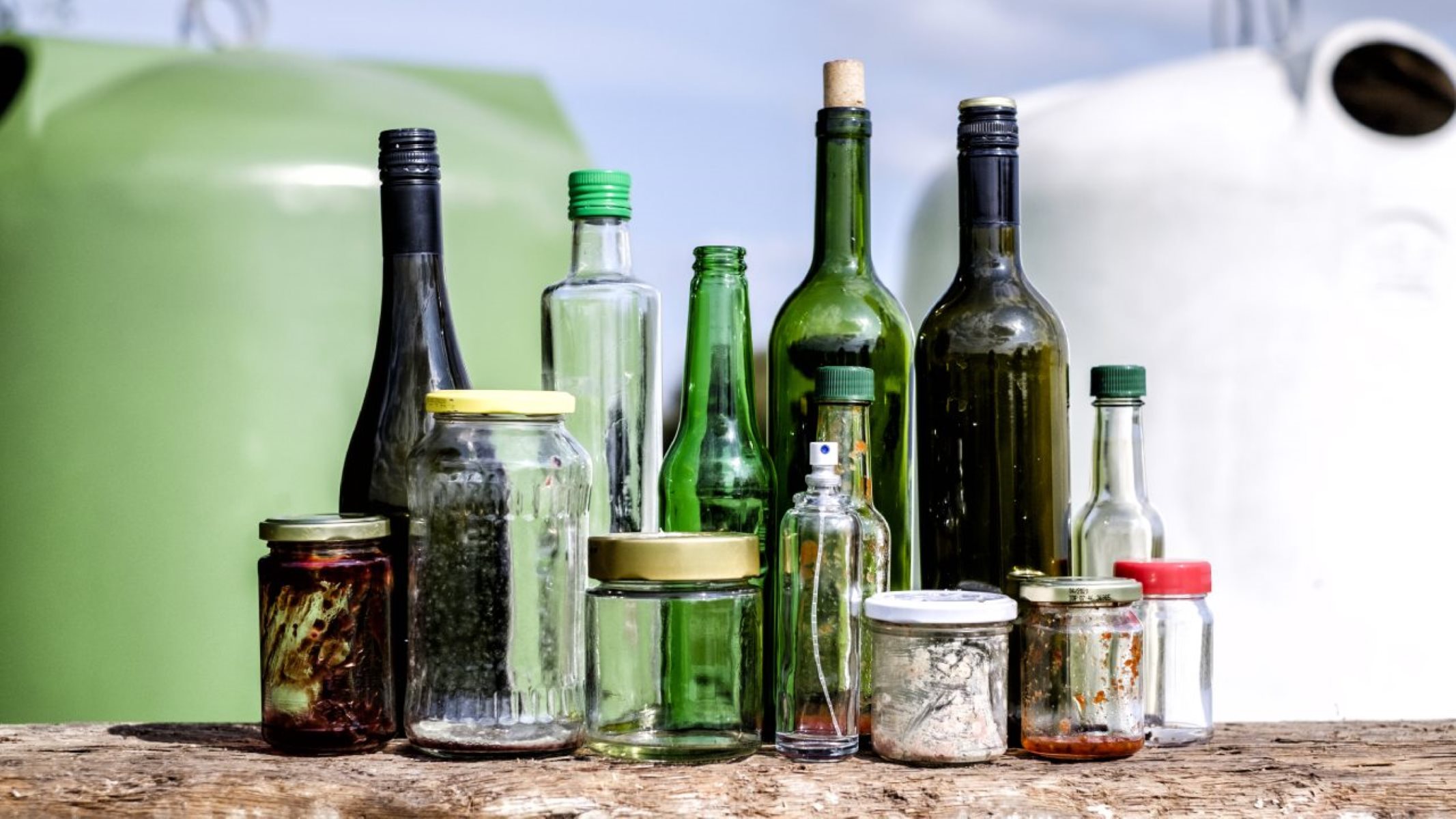
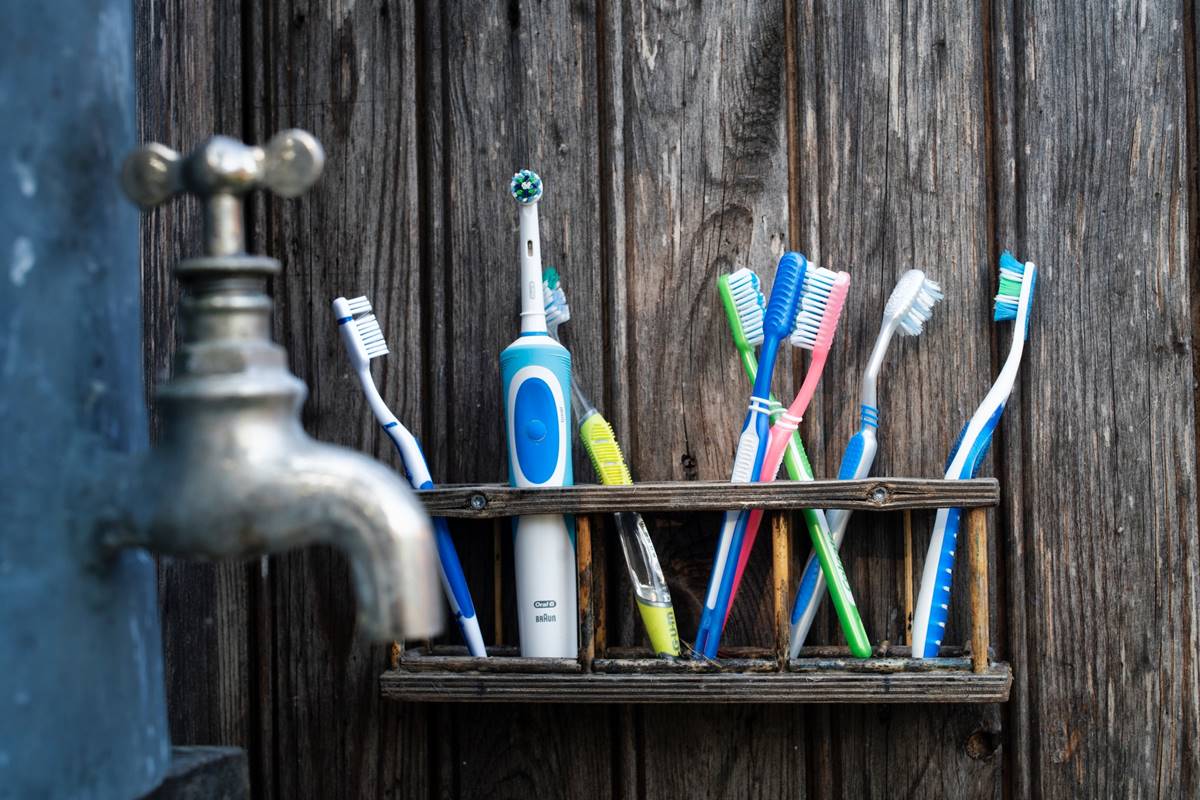
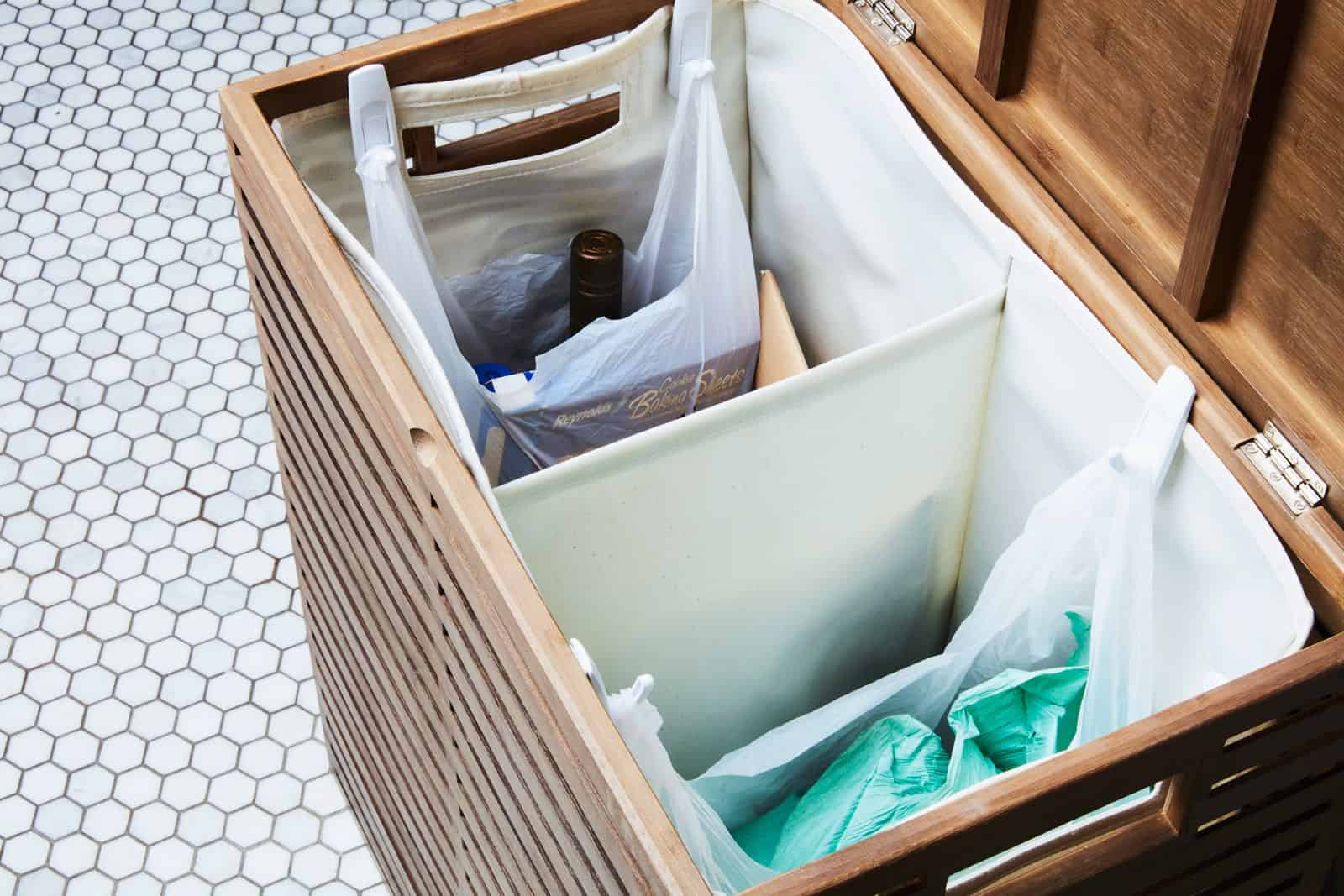
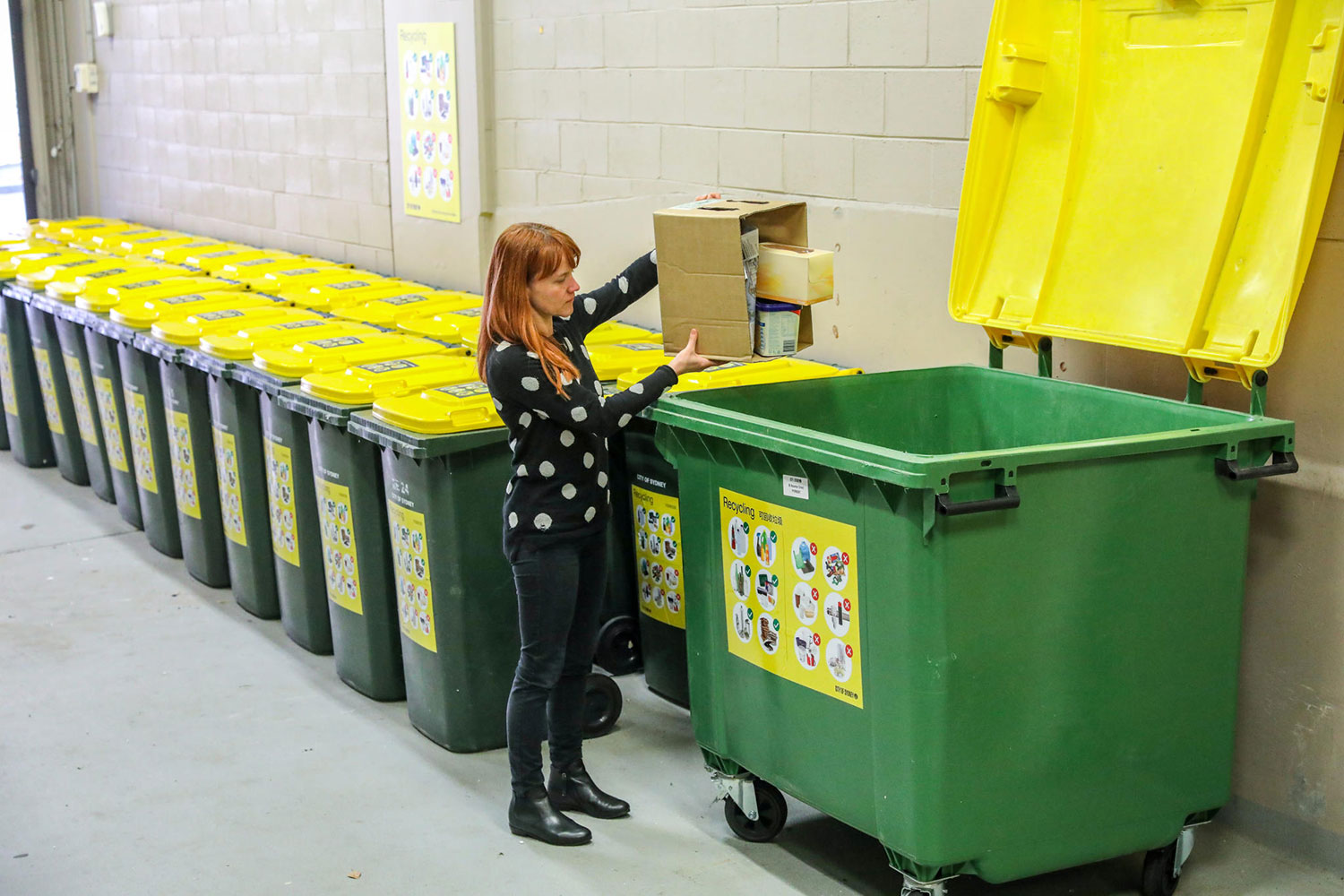
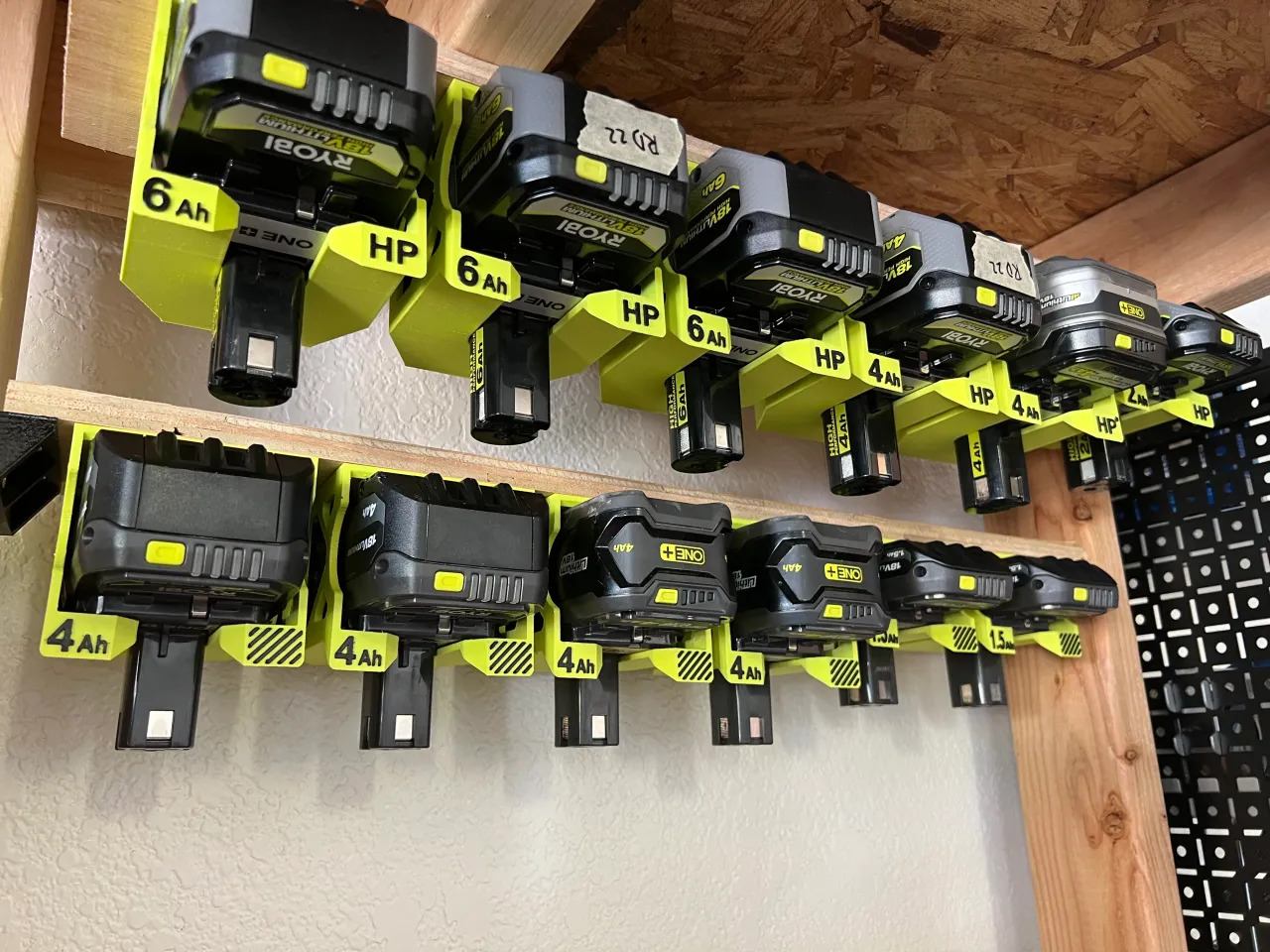
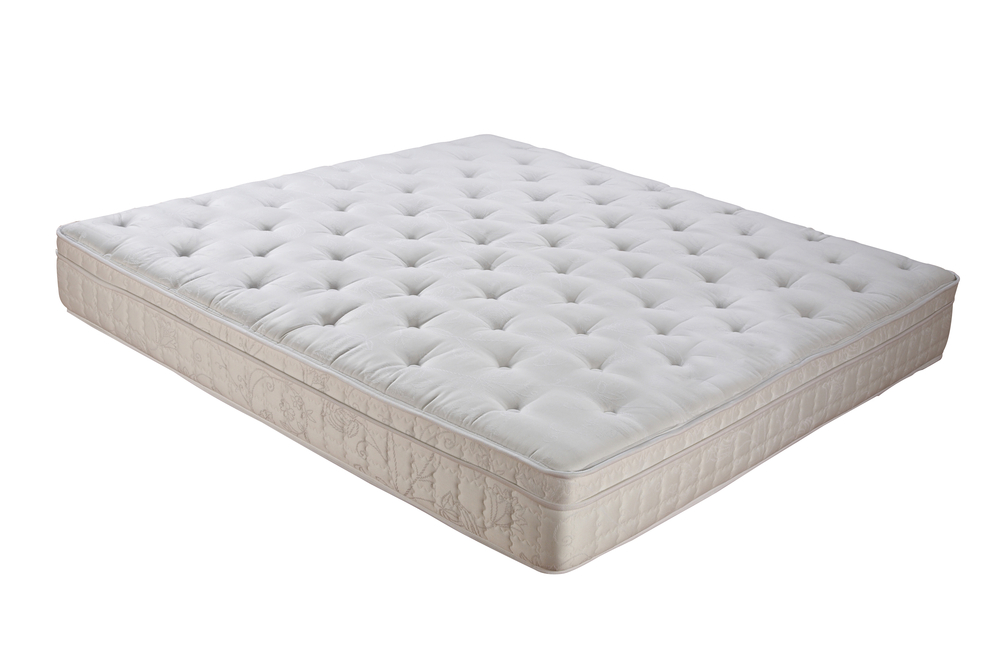
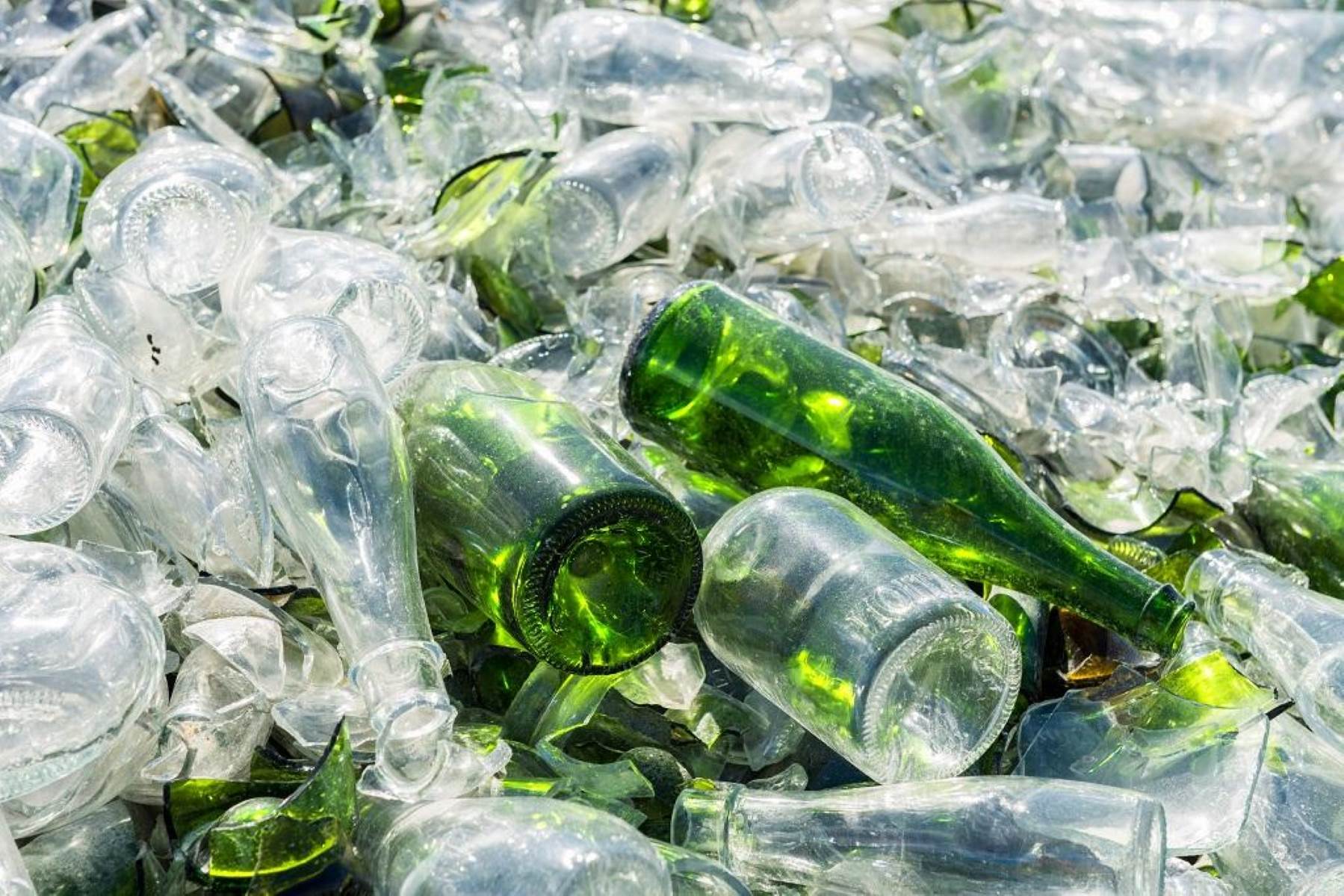
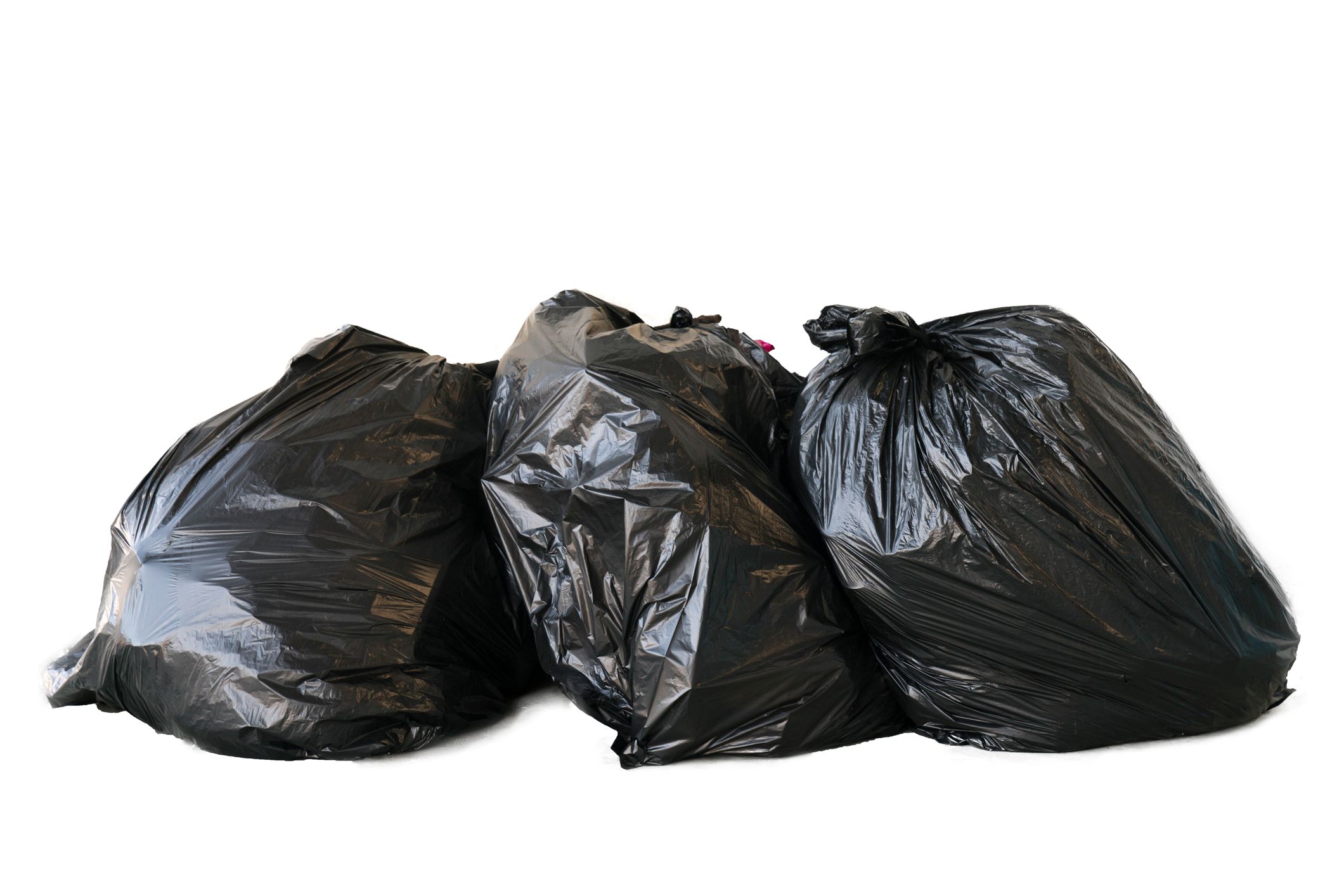

0 thoughts on “How To Store Cardboard For Recycling”